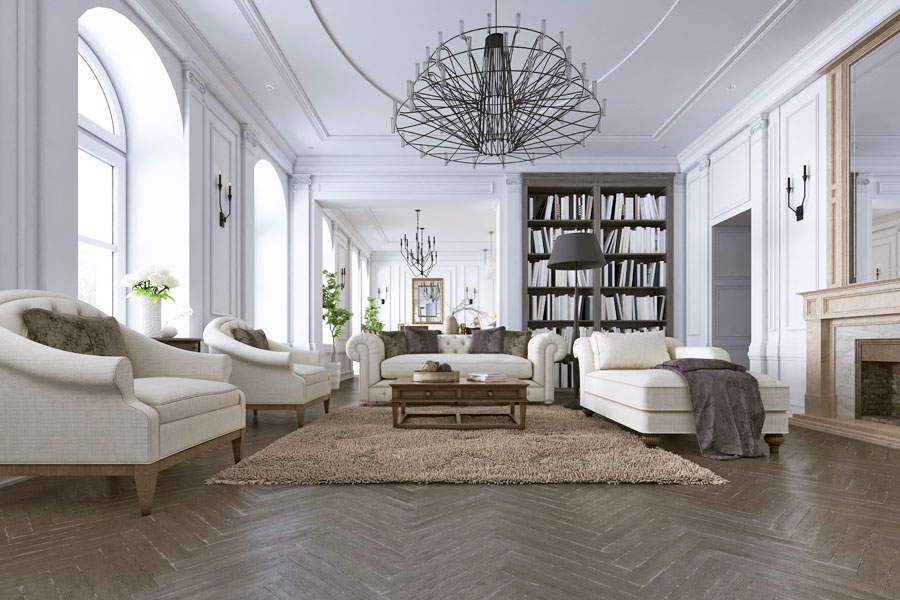When it comes time for your next home renovation, make sure to capture your individual style with a unique and eye catching floor design – like herringbone. We love the recent takes on this age-old trend that brings it straight into the modern eye. Herringbone floors comes in many different styles, textures, color and variations and can skew from contemporary to classic with a few tweaks. Read on to find out how you can incorporate it into your home today.
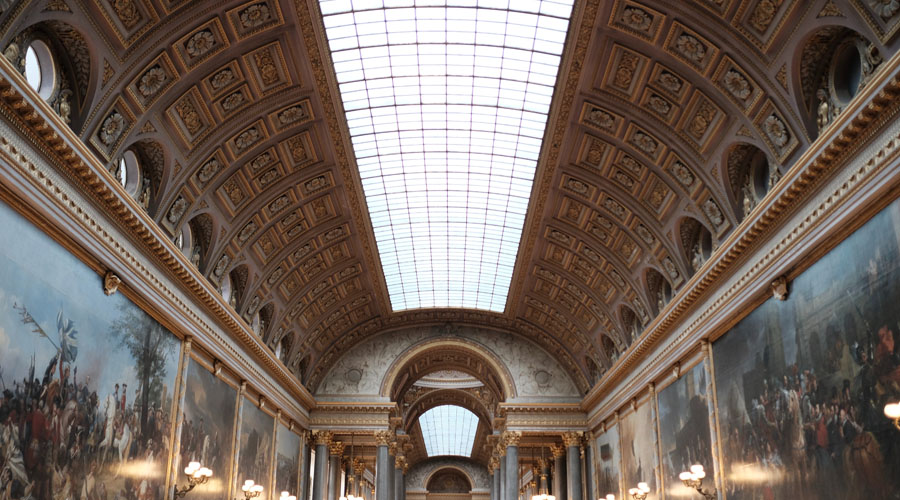
Where did it come from?
Historically, herringbone made its initial debut in the 16th century. A form of parquet flooring, this pattern is made of up wood blocks arranged in a zig-zag design named for its resemblance to the bone structure of the herring fish. But don’t get this confused with a chevron style. A chevron pattern focuses on a series of “V” shapes, with ends cut on a 45-degree angle to meet in a point. Herringbone on the other hand; weaves together in a staggered pattern with 90-degree end pieces. Designers today are using is in every aspect of the home, from kitchen to bath and beyond.
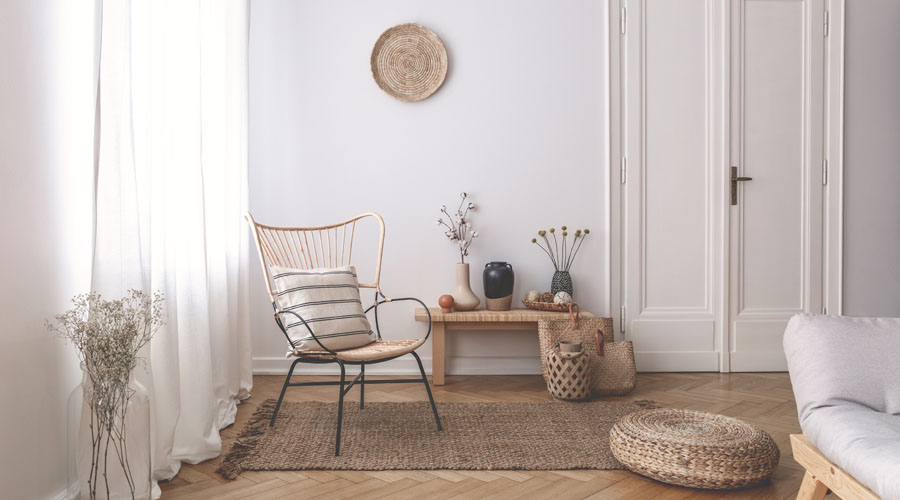
Skew Neutral
One of the hottest trends today is a neutral gray or buff colored floor. Change things up by adding in a subtle texture to combine with a herringbone pattern. Laminate, hardwood or even wood look tiles can be used to successfully achieve this effect. Play up contrast with bold furniture or go for a classic monochrome look with beiges and other soft neutrals.
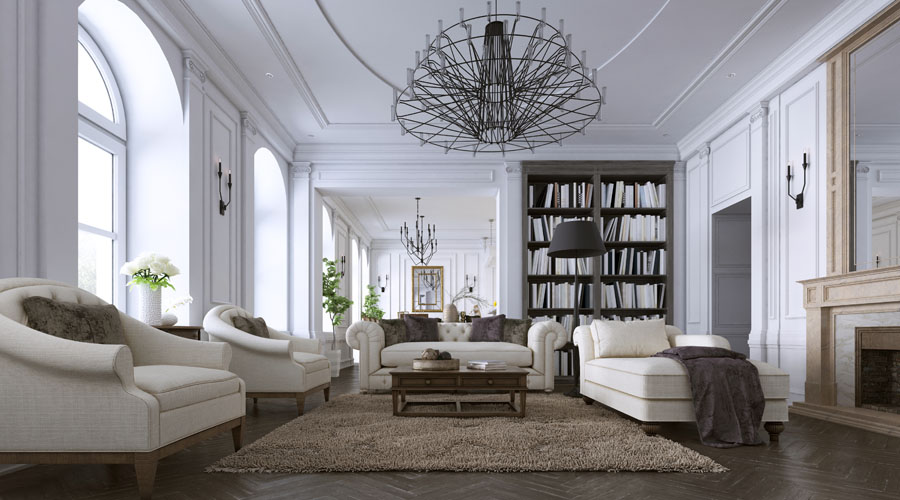
Go Lux
First found in the palace of Versailles, parquet floors were originally a mark of wealth and class. Give a nod to herringbone’s royal history by pairing it with luxurious accessories. Choose richly toned woods and pair with metallic accents and sumptuous furniture. Think overstuffed velvet chairs, buttery leather and mounds of fluffy throw pillows.
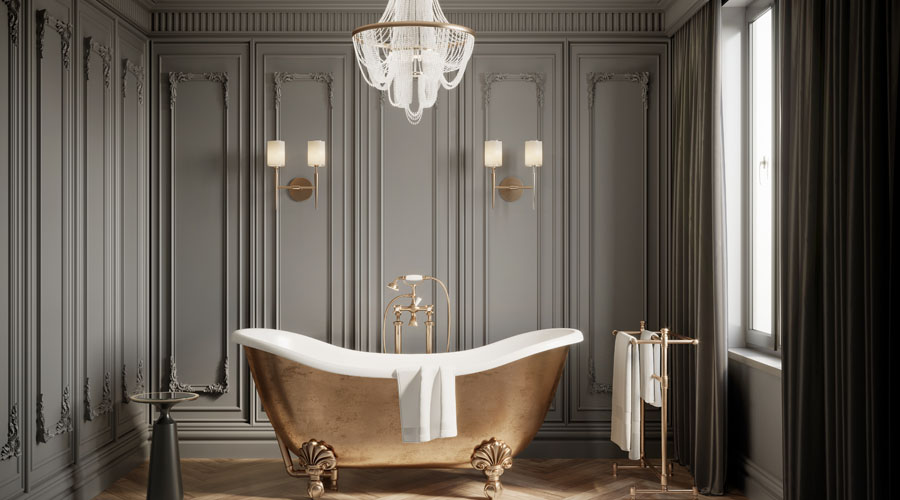
Think Outside the Living Room
Herringbone doesn’t have to be contained to the living or bedrooms. Incorporate it into your kitchen, bath or outdoor living spaces. From waterproof vinyl panels, engineered planks or wood-look tile, there are many moisture resistant options on the market today. The unique style is a nice contrast to simple counters and cabinets and adds an eye-catching traditional feature to an otherwise clean and modern kitchen.
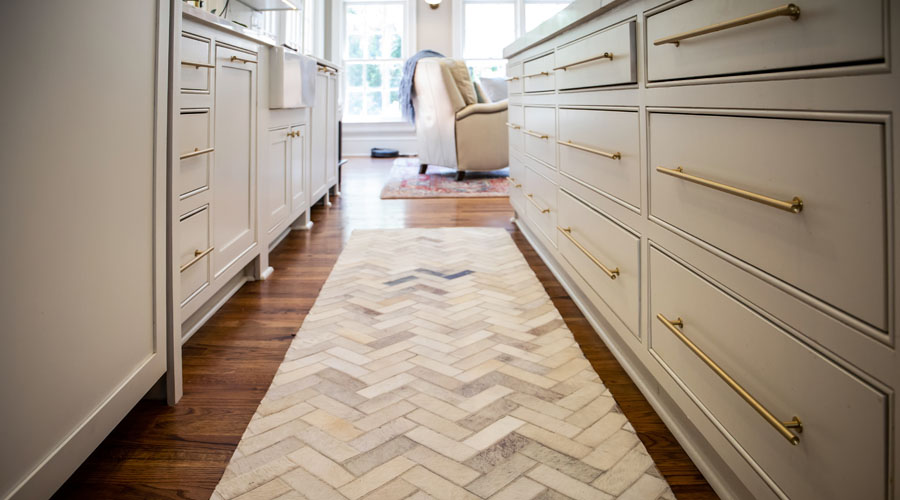
Go Bold with Color
The great thing about this pattern is its ability to adapt to different styles. Depending on the feel of your home, it can be adapted to almost any taste. Choose a light wood with low contrast for a seaside vibe, or dark and moody for something a bit more traditional. For a modern twist, alternate light and dark planks to bring out the herringbone contrast or spring for a rainbow of color in similar tones. Let your floors speak for themselves.
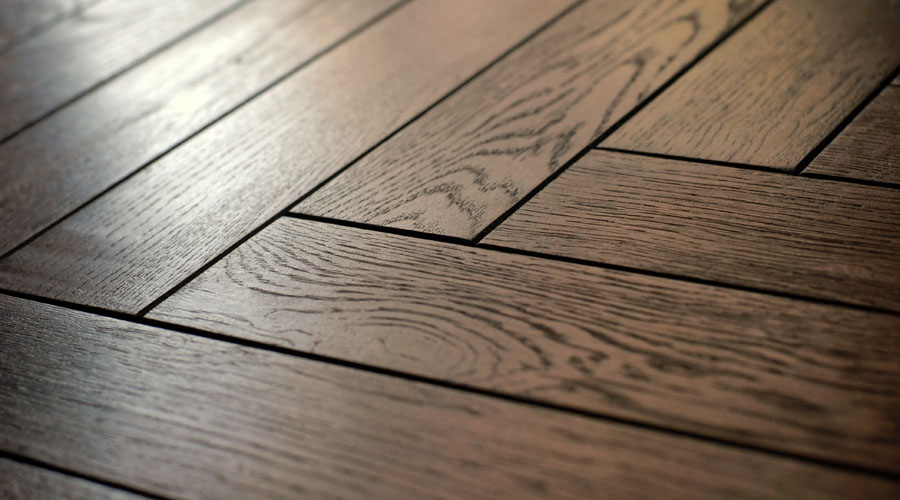
Highlight Your Investment
Let the beauty of hardwood standout with a custom stain. Consider using a tinted stain to accent the beauty of the herringbone pattern. To finish, use the strategic placement of borders and framing pieces to personalize your look. You can even integrate custom elements into the border planks to create a unique design that is all your own. Let our experts help find the perfect way to complete your vision and get started on your project today!


